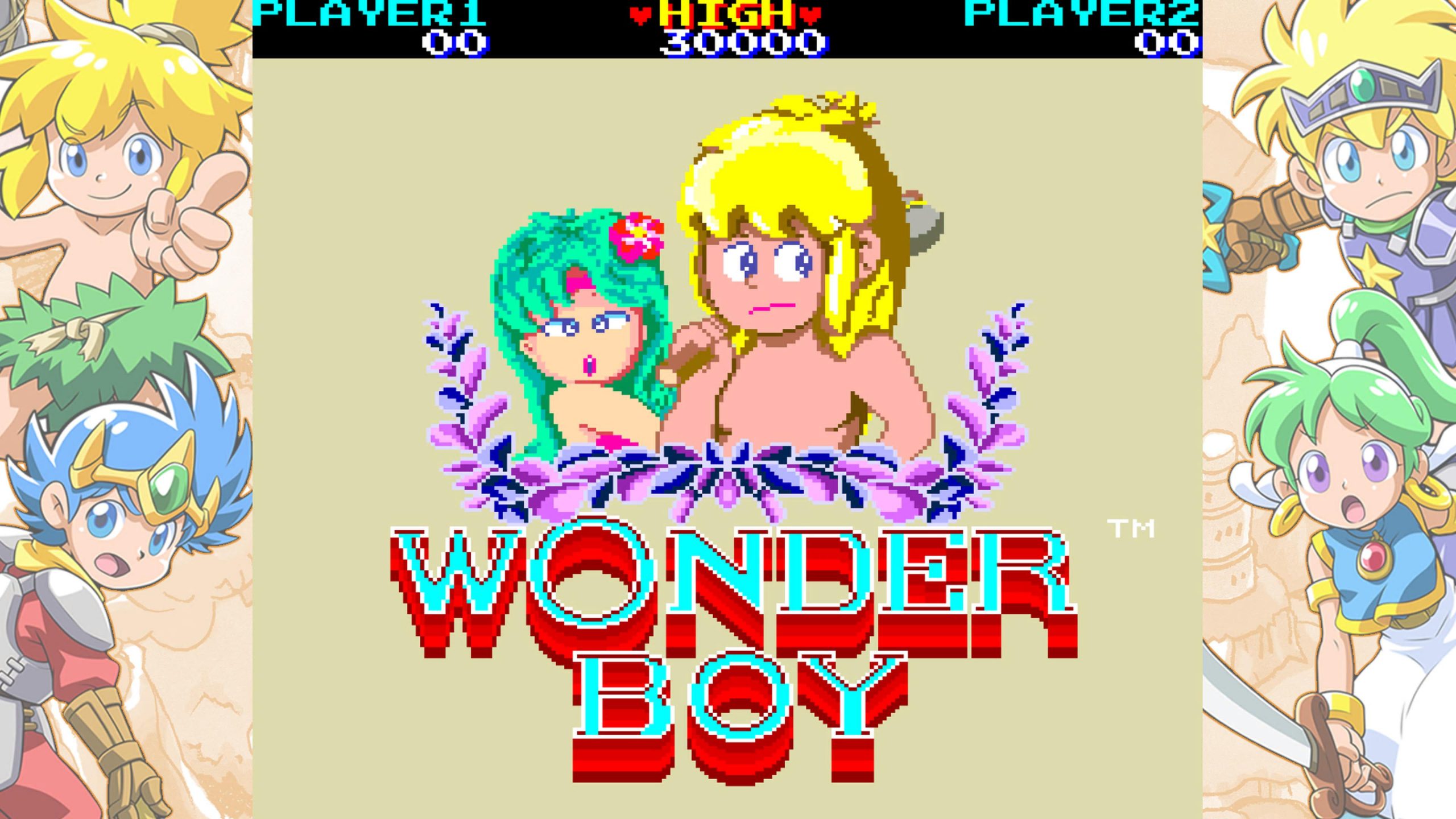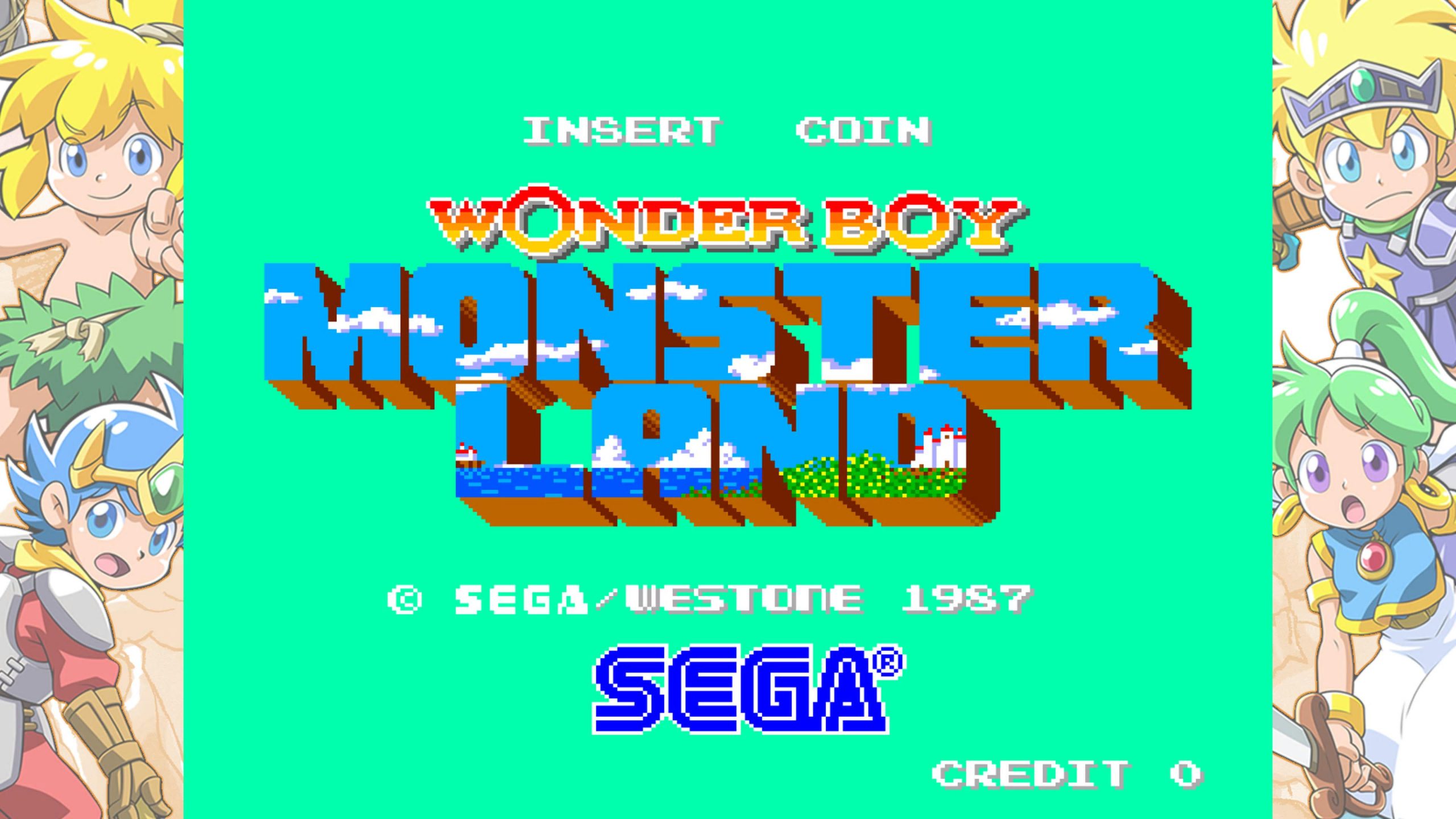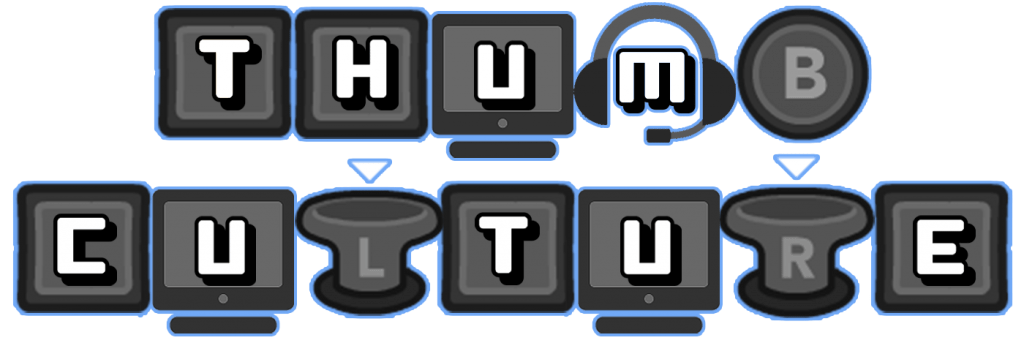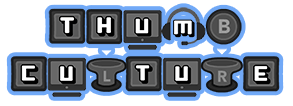
When we think of iconic Sega characters, it’s easy to ignore all the ones overshadowed by Sonic the Hedgehog. We may also think of Alex Kidd, Kiryu from Yakuza, or Ryu Hazuki from Shenmue, but rarely do with ever think of Wonder Boy. That’s a sad fact because the series has seven main games. That doesn’t include the three recent remakes. Six of these games were released on various systems between 1986 and 1994. The last released in 2018, Monster Boy and the Cursed Kingdom. So, what do we have in the Wonder Boy Collection?
Wonder Boy Collection – A Wonderful Journey Back To The Past
The Wonder Boy Collection has been carefully curated to include four of the best arcade and Mega Drive ports from the olden days. These are; Wonder Boy (Arcade – 1986), Wonder Boy in Monster Land (Arcade – 1987), Wonder Boy in Monster World (Mega Drive – 1991), and Monster World IV (Mega Drive – 1994). The latter of which was recently included with the remake of the same game called Wonder Boy: Asha in Monster World. This is a very faithful remake of the 1994 game and our review can be found here.

If you ever played these back in the day, you probably need to take some ibuprofen right now for your back pain. So sit in your favourite comfy chair, and pop on your most treasured cardigan and rose-tinted goggles while we check out the Wonder Boy Collection.
Gameplay
Each of the games has various gameplay differences from the other so for those new to the franchise (where have you been?), we will just a mini breakdown of each one.
Wonder Boy
Initially released in 1986 in the arcades, Wonder Boy has been ported to various systems over the years, most notably the Sega Master System and Sega Game Gear. These ports were borrowed directly from the arcade version in 1987 and were far superior to its Commodore 64 and ZX Spectrum counterparts, due in part to their limited colour palette and just how vibrant the Wonder Boy Game is.
You play as Tom-Tom and naturally, like the good boyfriend you are, you let your girlfriend Tanya get kidnapped. That’s right, the classic story of 80s games. Tom-Tom is oblivious as to where the Dark King might have hidden her so will travel through forests, seas, and mountains to find her. Tom-Tom is a good guy but could have saved himself the hassle in the first place if he just took care of her.
As a platformer, the game is split over several areas with each containing four rounds. There are many creatures along the way just going about their daily business, but you get points for murdering them with your trusty hatchet, so why not? At the end of each area, you will face a boss which is a manifestation of the main bad guy.
Be aware that from the start of each round you are essentially dying. As you progress through the round your vitality meter will decrease, but luckily for you, the world is filled with people who just love to waste food. Pick up crisps, mushrooms, apples, bananas, and various other food items along the way to restore your vitality. This adds a further element of danger to the game as you are essentially against the clock and any hits from enemies will drain your vitality further.
As you run or dash around on your skateboard you will also find eggs to smash which will contain various power-ups. However, not all of these are good eggs. Some will contain poisonous mushrooms while others might unleash the God of Death. Yeah, he is as bad as he sounds. But, these bad eggs are speckled so just watch out for them.
I don’t know if it is my 40-year-old reflexes, but Wonder Boy is quite the challenge. The game runs at a fairly fast pace thanks to the urgency of the vitality meter. It’s a classic linear platformer and as the one that started it all, it thoroughly deserves its place in this collection.

Wonder Boy in Monster Land
Again, we have another arcade port but earned massive popularity on the Master System. Wonder Boy in Monster Land was originally released in 1987 and was ported everywhere, even to the NES
It’s been eleven years since Tom-Tom rescued Tanya. Eleven years of peace in Wonder Land, but all good things must come to an end. This MEKA dragon just turned up out of nowhere and started running the gaff. No one was prepared he filled the land with monsters, and so the place was now called Monster Land. Tom-Tom, who has now earned the name ‘Wonder Boy’ is having none of it. Now he is all grown up, well he’s a teenager, it’s all about swords and armour. Apart from the early stages where it looks like he’s running around in some teenage nappy get-up.
You start your adventure with nothing at all until the mayor of Wonder Town takes pity on you and gives you a sword and sends you on your merry way. As you play as Wonder Boy, your quest will take place across twelve locations. As with any adventure, you need cash. Luckily for you, every monster you slay will drop coins. These can be spent in shops to buy gear, weapons, intel (from a fortune teller), and magic items. Lots of goodies to help you on your way. Later though, the shop’s doors are invisible and they contain powerful weapon upgrades. Many of these items will offer various effects such as jumping higher or better defense, invisibility, and much more. You have to be very lucky, or use a guide to find them.
In the previous game, you had a vitality meter that kind of acted as a timer. This time round you have the hourglass and a life meter represented by hearts. If you take damage, you will only lose some health, while the timer remains unchanged. If your hourglass runs out, then you will lose some life. However, this can be topped up of course just by going to the pub or collecting an hourglass. Definitely an improvement over the last game. Once you beat a level’s boss, he will drop a key so you can move on to the next area.
Wonder Boy in Monster Land made many improvements over its predecessor and can at times feel like a completely different game entirely. Created with shades of almost early RPG games, being able to buy gear, replenish health at taverns, and magic weapons also gave it a bit more of a fantasy feel. I guess you could call this an early action RPG. What is also welcome was the slower pace of the game. It didn’t feel as frantic, which is something that remains in future games. The only downgrade it got I feel was the graphics. I think with the slower pace of the game, a little more detail here and there would not have gone amiss. Still though, a fantastic game!

Wonder Boy in Monster World
Now we move into the 16-bit era with Wonder Boy in Monster World being released in 1991 on the Mega Drive. This is the system where I cut my teeth in gaming and I am very familiar with this game, and the next. Much in the same vein as the last game, this is a bit of a platformer/action RPG. This was also the last original title to bear the Wonder Boy name.
As the Monster World games are now a sub-series of the Wonder Boy games, we are no longer following the adventures of Tom-Tom. Seemingly Tom-Tom failed in his quest in bringing peace to the land, and now our new blue-haired protagonist is here to mop up. And to be honest, he looks way cooler than a kid in a nappy. After Fairy Queen Eleanora sends a prayer to the gods, and our protagonist Shion answers the call.
Wonder Boy in Monster World plays much the same last the previous game in terms of its platforming. On your way to murder BioMeka you will loot your fallen enemies, and spending your ill-gotten gains on better weapons and armour. This time around there is no timer though, leaving you free to play at your leisure. With some lighter RPG elements added such as talking to NPC’s, it made sense to do away with it.
A fun little gameplay mechanic is some characters become your companions. These new pals of yours have their own ability to help you on your travels. For example, Hotta will dig up coins and break down walls for you, and Shabo will aimlessly attack enemies for you with his scythe.
One notable inclusion on the Mega Drive version was that you could now save your game, something we take for granted today. The good news is that will all of these games, you can save at any time you want. And if you’re really in a jam, you can rewind to a safe spot and time that jump a little bit better. Again, this rewind feature is on all games.
Aside from the things mentioned, the most noteworthy improvement would be the graphics. More pixels on the screen allow for more detail and a more diverse colour palette. This really brings the game to life a little bit. Definitely a solid entry in this collection.

Monster World IV
If you have got this far in the review, well done! Monster World IV is the final game in this compilation, and the final one to be released on Mega Drive in 1994.
New game and yet another new protagonist. This time it is Asha, the girlfriend of Shiion from the previous game. Probably the only girlfriend in Wonder Land/Monster Land that has never been kidnapped. The games started with the green-haired Asha standing on a cliff, when suddenly upon the wind she hears a call from the spirits asking for help. With this, she sets off into Monster Land in search of these mysterious spirits. Spoiler alert – it turns out they were kidnapped too. Along the way, she meets a genie called Pepelogoo who becomes a very valuable companion.
Basic gameplay follows that of the previous, jumping, murdering, speaking to NPCs etc. It does appear that our Asha is more adept with a sword than Shion was. Shion could only attack forward whereas Asha can attack up and down also. So all in all it is standard platforming with some light RPG features like the previous games.
Asha would not get too far without her little genie friend, Pepelogoo though. Summoning this guy enables you to reach otherwise impossible places. You can use him to ‘double jump’, glide, and will even protect you from fire. What a guy!
Technology had made some progress between ’91 and ’93. The parallax scrolling adds a certain depth to the game that the others lacked. That’s not to take away from the great games that they are. It was just a technical limitation at the time. It’s because of these advancements and added gameplay features that I feel the is the best ‘Wonder Boy‘ experience this compilation has to offer.
I had already mentioned it before, but feel free to check out my review for the remake here.

The Wonder Boy Collection brings this compilation into the 2020s with some much-needed quality-of-life features. Being able to save and load these games at any point is a godsend. Better yet is the ability to rewind if you mess up. Now purists may not like this feature, but in an age of accessibility, I believe this to be necessary. Games were harder backing the day…FACT! But if we want kids to be able to enjoy these games too, why shouldn’t it be made a little easier?
Graphics & Audio
When it comes to ports of games with pixel art, it really is hard to mess it up. They look, sound, and play just how I remember them with a cute little border on the sides of the screen. I would highly advise playing with the CRT shader though. When games were made back then, before the age of polygons, they were made with CRT technology in mind. So when designing, the pixels would be arranged in such a way that when they hit the phosphor layer of the screen that it would display a smoother image.


Longevity
These games are longer than your average game in the 90s. Just the last two games along would give 20 odd hours if you were looking to discover everything. These games you could save within its limitations on the Mega Drive, but now you can save anywhere, they really are great just to pick and play at any time since gameplay trumps story in these titles. The earlier titles involve a lot of trial and error. This fantastic collection will keep you busy for a good 25-30 hours.
Final Thoughts
This compilation is a fantastic addition to any retro or modern game collection and is the definitive Wonder Boy experience. The four games on there have been carefully curated and are the best to be included. They have brought the old into the new age by making it more accessible for all generations. They are as fun to play now as they were back then, and kids will love them. If you missed out on these games when they were first released, now is your chance to get on and enjoy them. Even with the rose-tinted goggles removed, I award the Wonder Boy Collection the Thumb Culture Platinum Award.

Disclaimer: A code was received in order to write this review.

YouTube | Facebook | Twitter | Instagram | Discord | Podcast
[allkeyshop_widget_offers game=”107692″ template=”26″]
